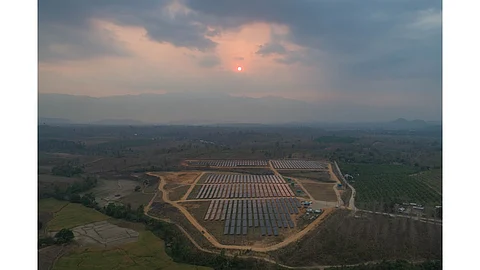

Western Australia has concluded round 3 of its CEFF program selecting 7 winning projects
These clean energy projects will together use over AUD 16 million in state funding
The winners include a 103 MW solar and 51.5 MWh battery storage projects in Pilbara, and a 10 MW solar plant near Port Hedland
The State Government of Western Australia (WA) has selected 7 clean energy projects for more than AUD 16 million ($9.96 million) in funding under round 3 of its Clean Energy Future Fund (CEFF), a program that aims to support the development of cutting-edge clean energy technologies.
Of the total funding in the latest round, AUD 5.5 million ($3.42 million) will support 2 clean energy projects led by First Nations people. These are Traditional Owner-led 103 MW solar and 51.5 MWh of battery storage project on Banjima land in Central Pilbara, and a 10 MW solar project on Jinparinya Aboriginal Community Land near Port Hedland.
Among other winners is Edenlife Communities Pty Ltd, which will see the installation of a 395 kW of solar and 300 kW/663 kWh of battery storage to support the construction of a retirement village of fully electric houses, ahead of electricity grid connection availability.
Altogether, the 7 winning projects in this round are expected to bring down about 175,000 tons in GHG emissions per year, translating to around 3.7 million tons of emissions reduced throughout their lifetime.
Out of the 8 clean energy projects selected in the previous 2 rounds, 3 have been completed, including a pilot for re-deployable solar panels, an agricultural microgrid, and a solar farm with battery storage optimization.
Administered by the WA’s Department of Water and Environmental Regulation, the CEFF fund was established with a budget of AUD 37 million ($23 million). The details of the CEFF and all winning projects in the 3 rounds are available here.
WA targets to exit coal by 2030 and estimates the state would require up to 51.1 GW of new renewable energy and storage capacity by 2042 to meet its growing industrial electricity demand. This comprises 41.8 GW of large-scale solar and wind energy capacity. It plans to bring this capacity online through its South West Interconnected System (SWIS) (see Western Australia’s Gigantic RE Plans For SWIS).
